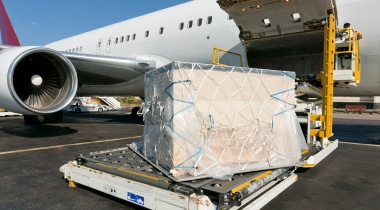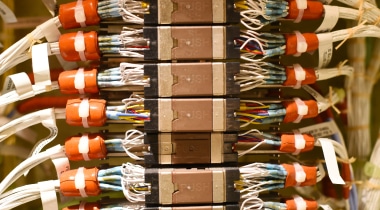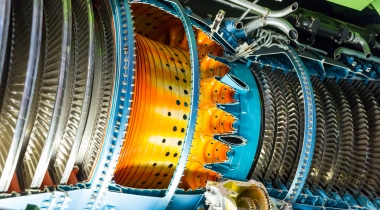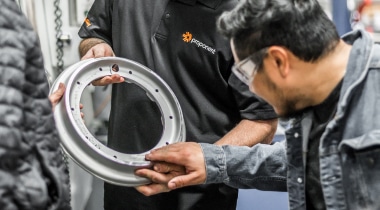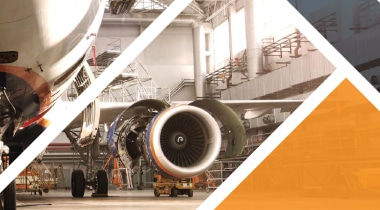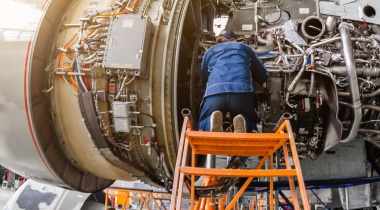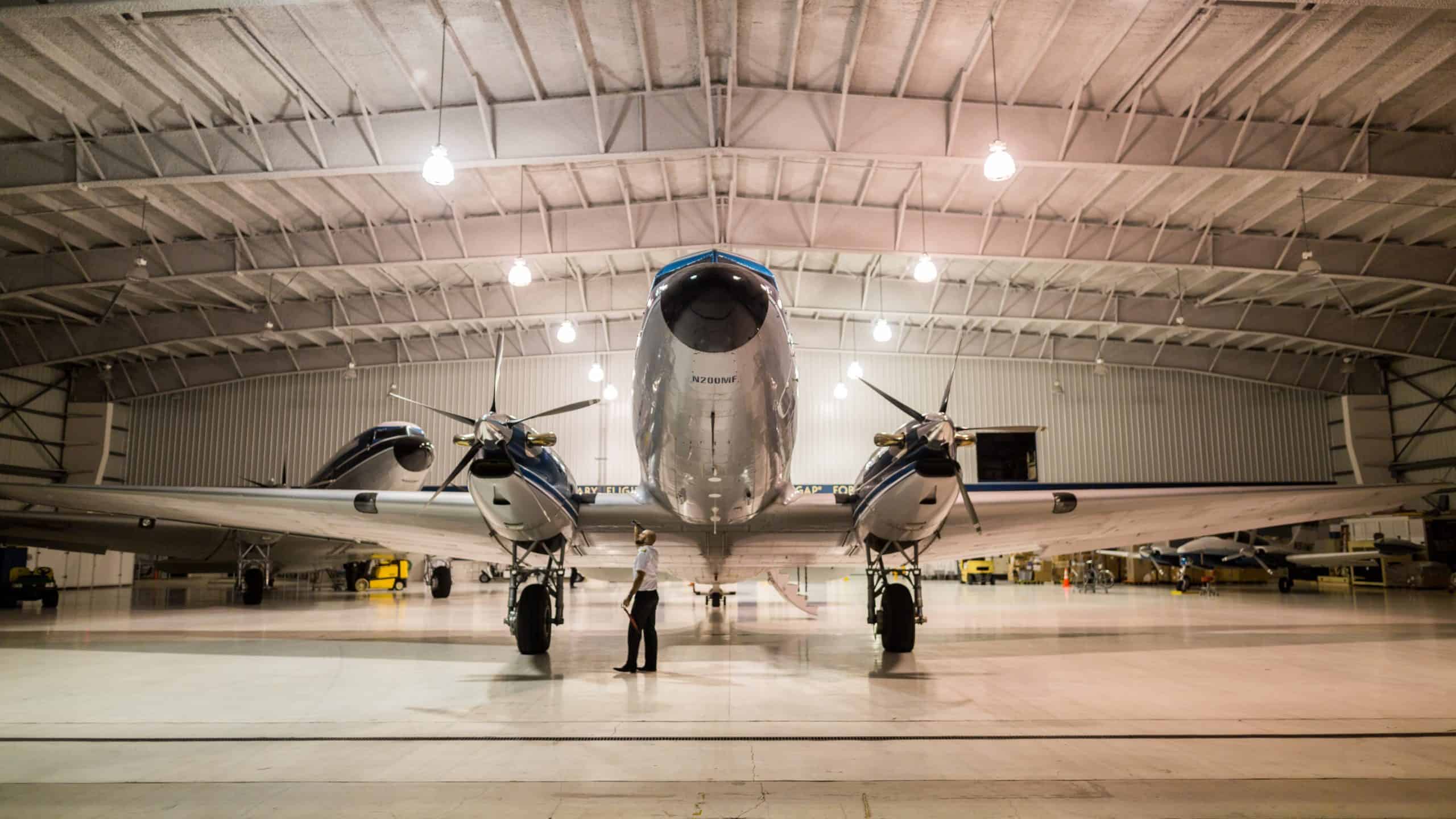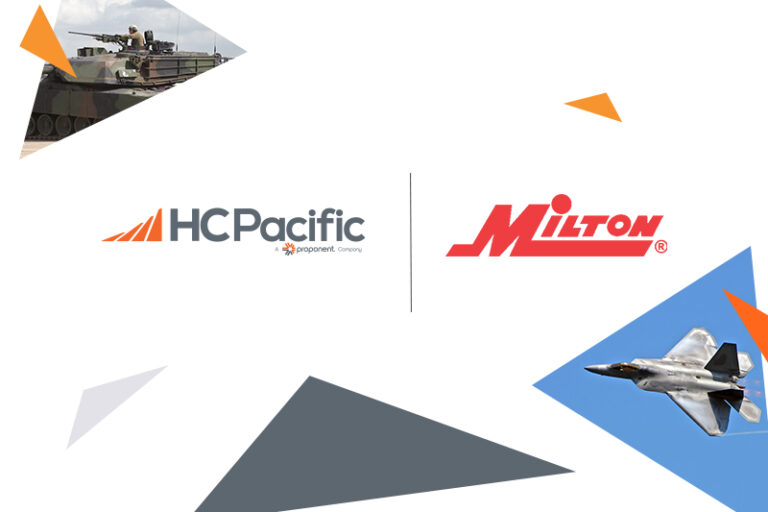We’ve come a long way since Kittyhawk; modern aviation allows us to circle the globe, reach unimaginable altitudes, and remain airborne for amounts of time undreamt of by early flight pioneers. However, today’s aircraft systems also demand precision controls and responsiveness. Aircraft hydraulic systems play an essential role in helping to achieve this and allow planes to operate effectively.
What Is an Aircraft Hydraulic System?
Aircraft hydraulic systems are responsible for maintaining any aircraft components or devices that use fluid or gas pressure to operate. These systems are designed for reliability and efficiency, and are used in various capacities in even the smallest modern aircraft.
How Do Aircraft Hydraulic Systems Work?
When people talk about aircraft hydraulic systems, they’re often actually referring to hydraulics and pneumatics as they’re used in aviation. Hydraulic systems and pneumatic systems both operate on the principles of fluid power.
Hydraulics use liquid, such as oil (vegetable, synthetic, or mineral), ethylene glycol, water, or temperature-resistant fluids. The fluid in hydraulic systems also acts as a coolant, helping prevent associated components from overheating. Because the fluid is generally non-compressible, there is no delay in movement. Pneumatics use gas, such as nitrogen, carbon dioxide, or air from the atmosphere. As the gas is compressed, there is some delay in movement; pneumatic systems use compressors to compensate for this.
Fluid power is generated when pressure is applied to the fluid or gas. This power can then be easily transmitted to specific locations and converted into more usable forms.
Components of Aircraft Hydraulic Systems
Aircraft hydraulic systems are used in a range of applications, including braking systems, landing gear, wing flaps, flight-control surfaces, engine pumps, air turbines, and many others. An aircraft hydraulic system will usually consist of the following components:
- Reservoir
Stores the fluid used in the hydraulic system - Pump
Pressurizes the fluid to generate fluid power within the system - Pressure-Relief Valve
Acts as a failsafe against over pressurization - Actuating Cylinder
Transforms fluid power into mechanical energy to perform actions within the aircraft, such as raising or lowering the wing flap - Heat Exchanger
Helps ensure that the fluid remains at a safe, working temperature
It’s worth noting that while these basic components are found in nearly all military and civilian aircraft hydraulic systems, most aircraft also incorporate complex subsystems for related tasks.
Benefits of Aircraft Hydraulic Systems
Aircraft hydraulic systems are so widely used because of their simplicity. The mechanical principles of hydraulics allow complex actions to be performed with a minimum of moving parts. Fewer parts reduce the risk of system failure, and with essential maintenance and by performing regular checks of aircraft hydraulics, mechanics help ensure reliability and longevity for these systems.
Hydraulic systems that use non-compressible liquids also offer an advantage over gas-pressure systems, in that they operate consistently despite pressure changes in altitude or weather.
Finally, hydraulic systems provide increased efficiency and response. There is little to no delay at all between a pilot inputting a command, and the system responding. This is particularly important for air-force pilots, who may be required to execute precise flight maneuvers at a moment’s notice. Responsiveness is likewise a concern in civilian and commercial aircraft, where a potential delay at the wrong moment could lead to disaster.
Hydraulic systems offer the dependability, reliability, efficiency, and response that help modern aircraft continue to push the limits. Interested in other aircraft systems, services, and solutions? Learn more here.

